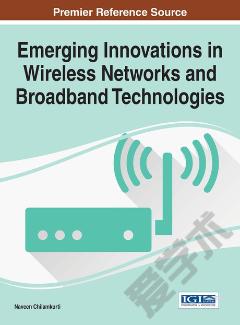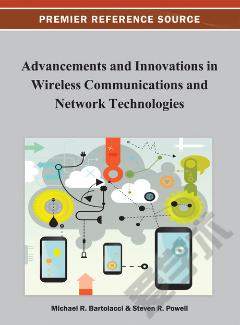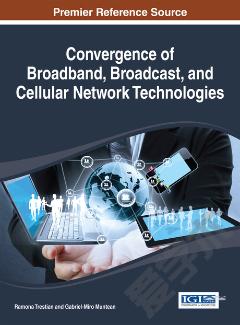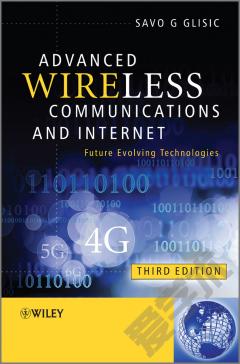Broadband Wireless Communications Business —— An Introduction to the Costs and Benefits of New Technologies
----- 宽带无线通信业务:新技术的成本与效益
List of Figures. List of Tables. Preface. Acknowledgements. 1. Background. 1.1 Fixed-line Data Communications. 1.2 Mobile Communications. 1.3 Wireless Data Communications. 1.4 BroadbandWireless. 1.5 DuplexModes. 1.6 Voice to Data. 1.7 Traffic Profiles. 1.8 Access Technologies. 1.9 Telecommunications Operator Business. Further Reading. 2. Wireless Communications. 2.1 Signal Fading. 2.2 Modulation. 2.3 Equalisation. 2.4 Single Carrier andMulti Carrier. 2.5 Diversity Reception. 2.6 Channel Coding. 2.7 From Circuit Switched to Packet Switched. 2.8 System Capacity. 2.9 Coverage. Further Reading. 3. Enhancing Technologies. 3.1 Frequency Reuse. 3.2 Capacity Limit. 3.3 Signal and Interference. 3.4 Advanced Antennas. 3.5 Coverage Extension. 3.6 Interference Reduction. 3.7 Hybrid ARQ. 3.8 MIMO Antennas. 3.9 Voice Coding. Further Reading. 4. Cellular Topologies. 4.1 Cell Structure. 4.2 Wireless LAN Cellular Structure. 4.3 Distributed Base Stations. 4.4 Mini-cell Structure. 4.5 Handover. 4.6 Ad hoc Networking. Further Reading. 5. Cost of Spectrum. 5.1 Voice Systems. 5.2 Data Systems. 5.3 Data Throughput Efficiency. 5.4 Spectrum Cost. Further Reading. 6. Cost of Equipment. 6.1 Base Station Structure. 6.2 IEEE 802.11 Wireless LAN Access Point. 6.3 Network Nodes Costs. 6.4 End-user Equipment. Further Reading. 7. Network Design and Operation. 7.1 Network Design and Planning. 7.2 Site Cost. 7.3 Backbone Fixed Connection. 7.4 Networking Based on Access Points. 7.5 Customer Costs. 7.6 Other Operating Costs. 7.7 Wholesale Operators - Network-less Operators. Further Reading. 8. Services. 8.1 Revenue Flow. 8.2 Value Chain. 8.3 Service Classifications. 8.4 Total Revenue Forecast. 8.4.1 Flat rate. Further Reading. 9. Scenarios. 9.1 Technologies. 9.2 Market Size. 9.3 Services and Revenues. 9.4 Service Classification. 9.5 Costs. 9.6 Cash Flow Scenarios. Further Reading. Glossary. Index.
{{comment.content}}








 京公网安备 11010802027623号
京公网安备 11010802027623号